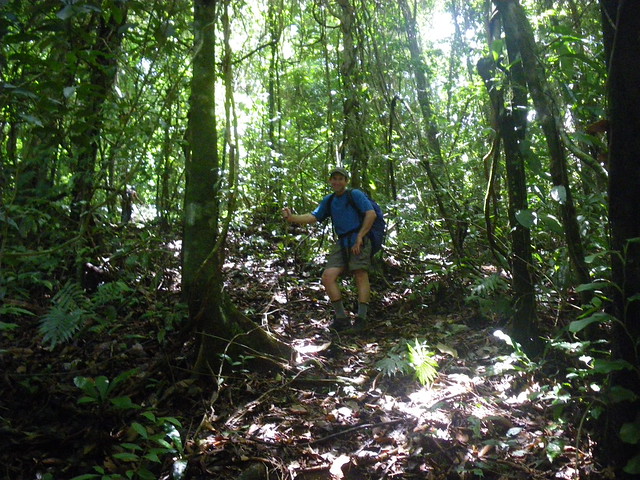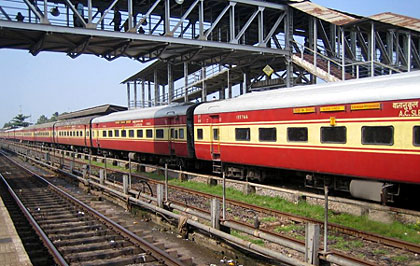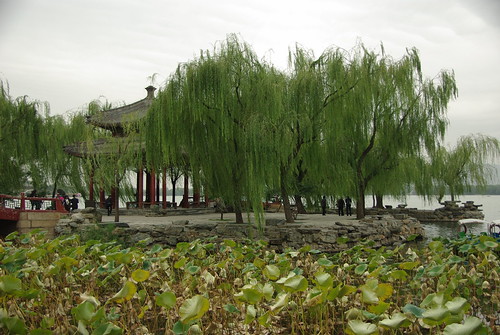There are jungle treks and then there are jungle treks. In many a place the world over you will find companies that will offer to take you ‘into the wild’ and show you what life is really like. Most of these companies are lying. You will get a chaperoned tour through some trees that you have driven to in a big van; you won’t see any wildlife and you will feel rather cheated.
But not in Thailand, oh no. Thailand is something special.
This is a place where you can climb onto the back of your elephant from a platform, and start an elephant jungle trek that will last all day. The elephant will lumber down the river valley, wading through the water, and sometimes down steep slopes and from your elevated view, you can gaze out over the lush jungle.
And this is just one day of many. In much the same way that Australia has become synonymous with bushtucker trails and walkabouts, Thailand is carving out a significant chunk of the tourist market with its tailored jungle trekking.
It has done so by cashing in on the budget traveler market. Places like Australia attract people from all over the world specifically for that one thing, and people pay thousands of pounds for it. Thailand has approached the matter from a different angle, trying to use the vast number of young – yet cash-strapped – backpackers already within its borders.
It is no secret that Thailand is huge with 18-25 scene. You only need to check a multi-airline website like DialAFlight to see that cheap flights to Thailand are now comparable in price to short hops to Europe. The Thai Tourist board has decided that cheap and cheerful is the way to go, and tries to entice the backpackers away from the touristy areas of Bangkok and into the jungles.
Treks can vary from a single day trip to ones that last weeks, but the common denominator for all of them is that they are cheap. Much cheaper in fact than other places in the world that offer jungle treks – the Amazon rainforest for example – and in doing so, they have all but ensured its success.
Ironically enough, by trying to attract overseas tourists specifically for jungle treks and focusing instead on those who happen to be there anyway, Thailand now has exactly that reputation. In a country that can be overly touristy or tacky, upon returning home the one thing all backpackers are going to rave about is the jungle treks. Especially if there are elephants involved.





 West Side Story in full chorus. This kind of sensory overload is equal to that which you will experience on a trip to India. However the India trip, of course, will also be much more rewarding, enjoyable and less like a Lady Ga Ga video. One way to remove a bit of unnecessary intensity from an Indian adventure is to let somebody else take care of the plans, which is why I decided to go with rail holidays. With the worries of destinations and transport taken care of, I was free to soak up the experience.
West Side Story in full chorus. This kind of sensory overload is equal to that which you will experience on a trip to India. However the India trip, of course, will also be much more rewarding, enjoyable and less like a Lady Ga Ga video. One way to remove a bit of unnecessary intensity from an Indian adventure is to let somebody else take care of the plans, which is why I decided to go with rail holidays. With the worries of destinations and transport taken care of, I was free to soak up the experience. Ranthambore National Park
Ranthambore National Park





Recent Comments